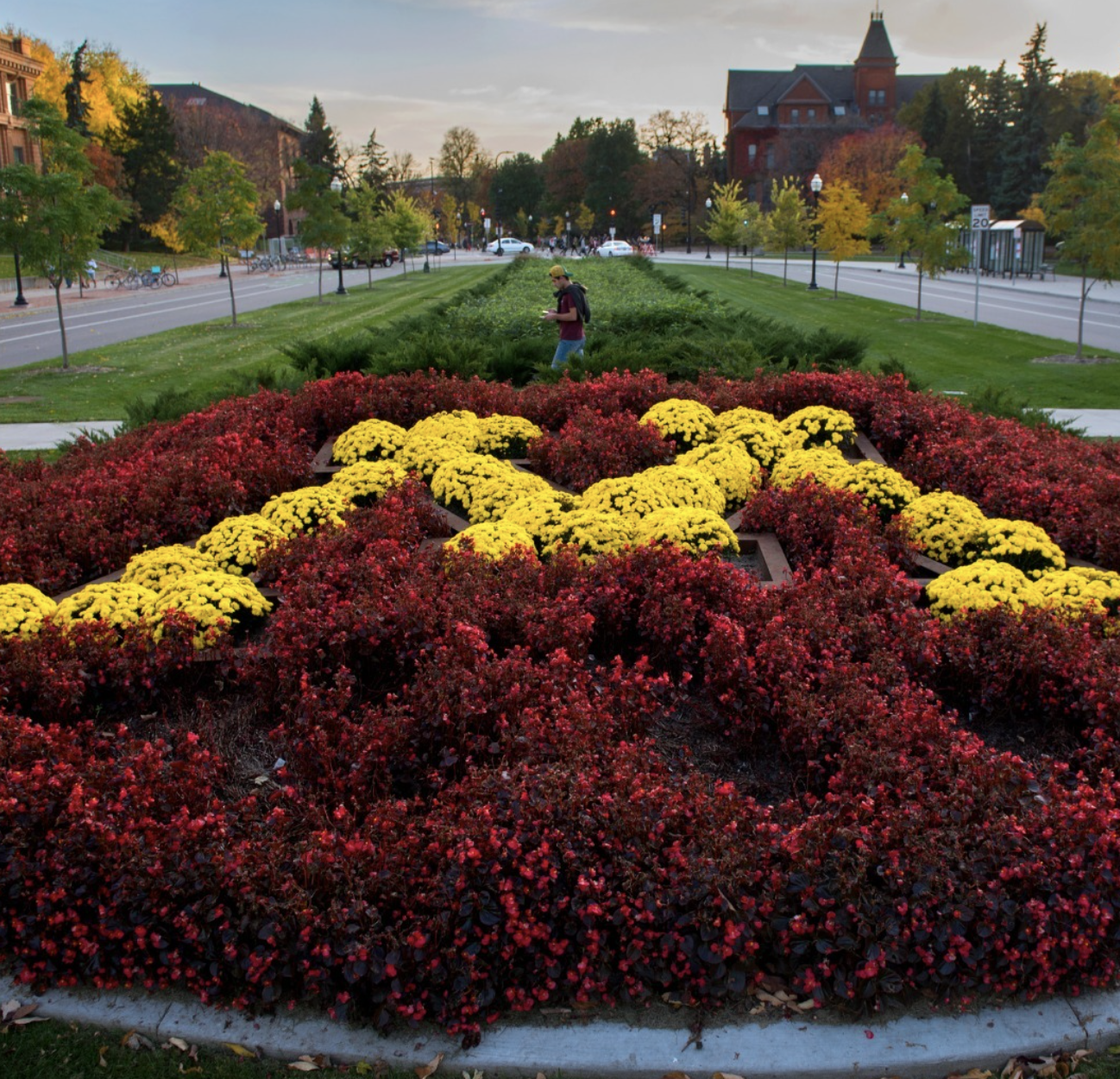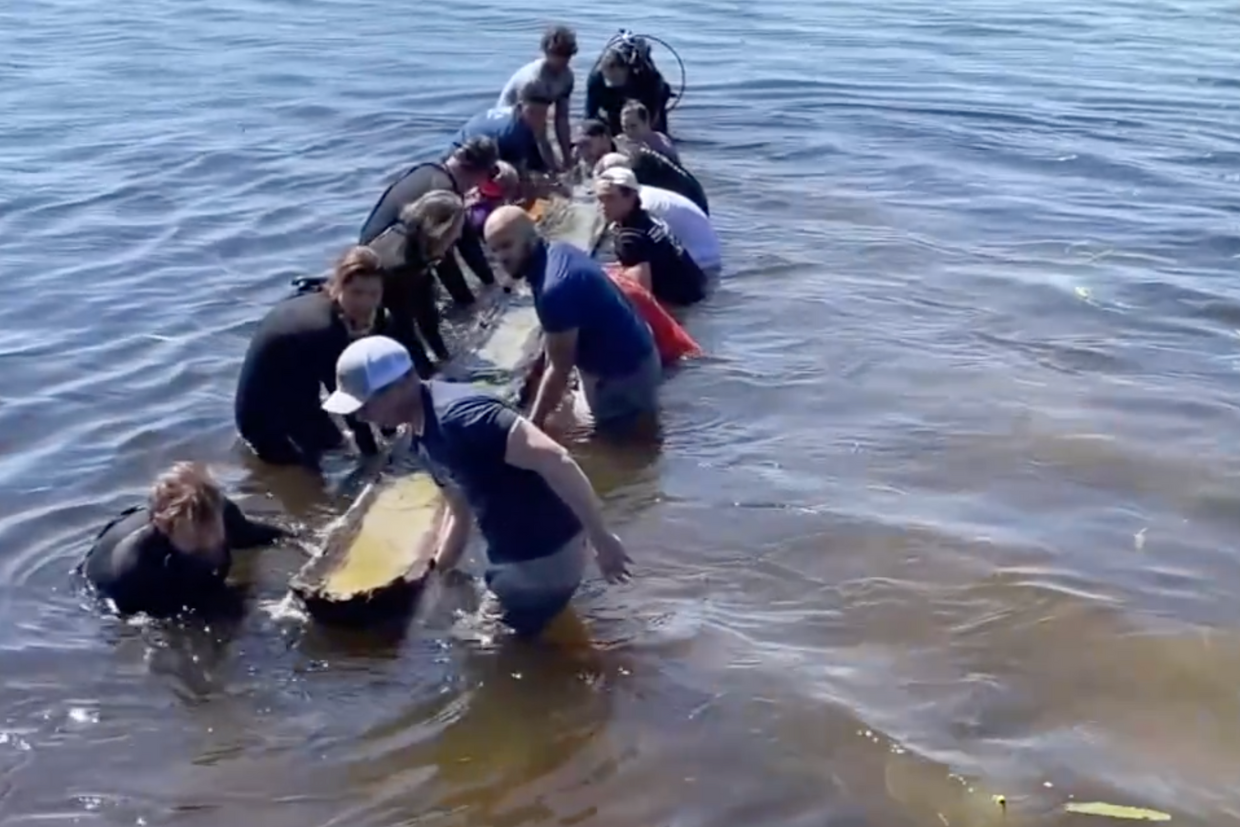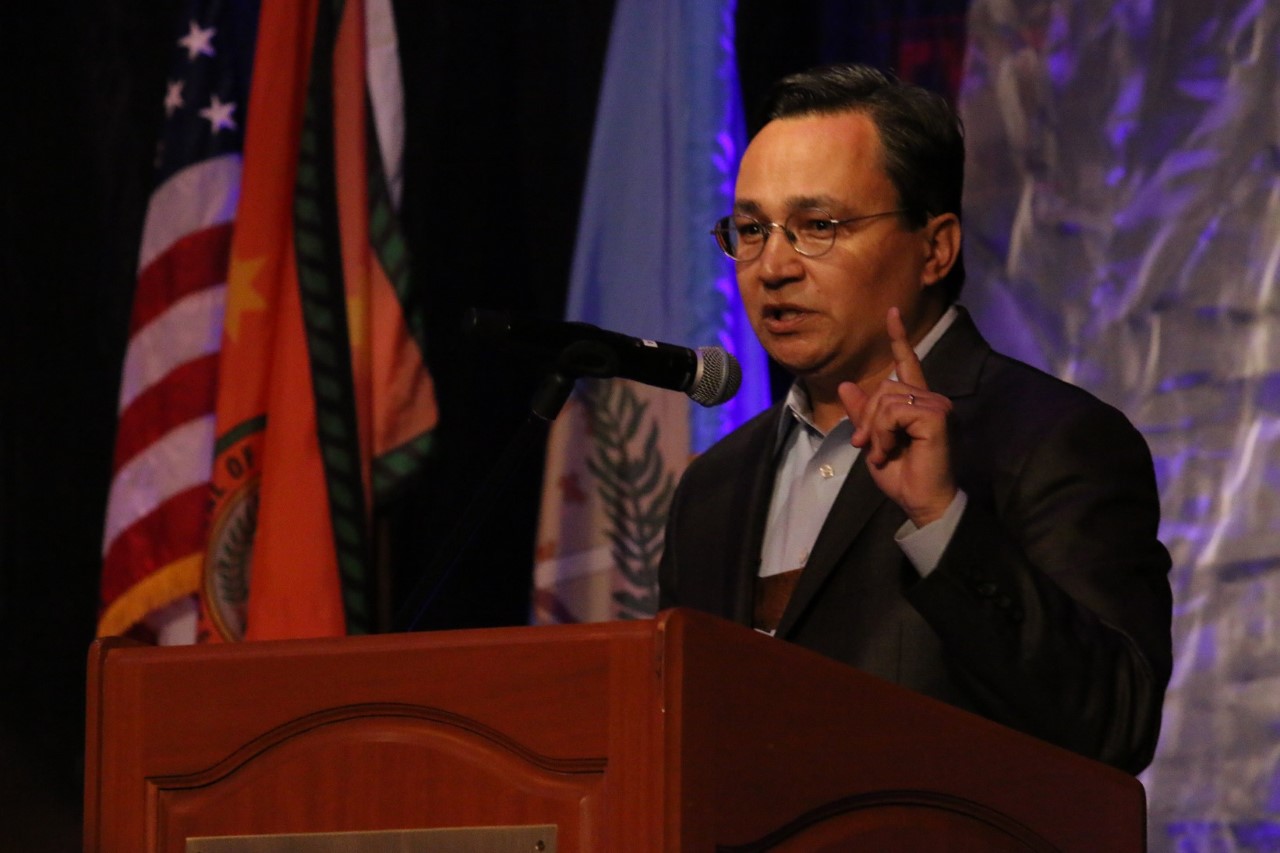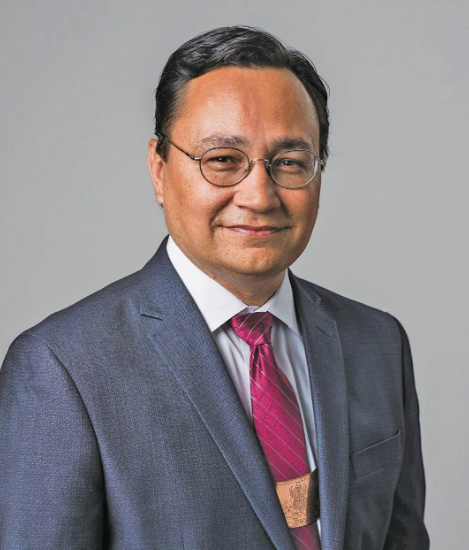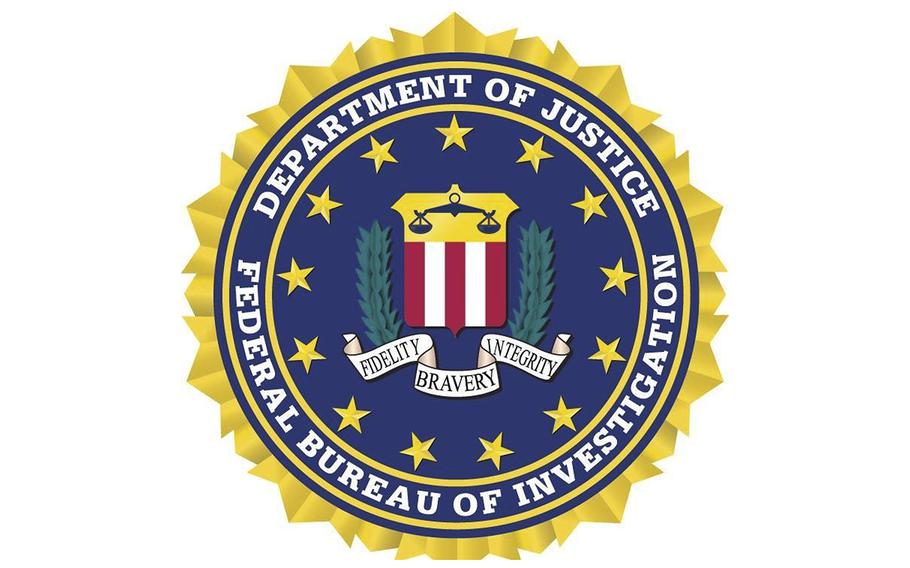Yahoo News

Grist / Getty ImagesBY JOSEPH LEE,
This story is published as part of the Global Indigenous Affairs Desk, an Indigenous-led collaboration between Grist, High Country News, ICT, Mongabay, and Native News Online.
Indigenous peoples have long argued that they have done little to contribute to climate change but that they’re the most affected and are expected to make steep sacrifices to fix it. Funding for green energy projects continues to skyrocket despite clear and growing threats to Indigenous peoples’ lands and rights. Indigenous leaders persistently express concern over global conservation programs that remove communities from their traditional territories, while record numbers of environmental, Indigenous, and land defenders are killed.
That context is sure to inform conversations at this year’s United Nations Permanent Forum on Indigenous Issues, or UNPFII, which opens its 22nd session today in New York with a key thematic focus: Indigenous peoples, human health, planetary and territorial health, and climate change. An advisory agency with the United Nations since 2000, UNPFII is one of only three U.N. bodies that deal specifically with Indigenous issues, with a major focus on advocating for the United Nations Declaration on the Rights of Indigenous Peoples, or UNDRIP, a nonbinding resolution that affirms international Indigenous rights but is irregularly followed or applied by nations, and sometimes even by U.N. agencies. UNPFII offers Indigenous peoples, leaders, organizations, and allies an opportunity to raise specific issues to the agency in the hope of winding those issues through the international system to world leaders and policy makers.
“We are going to the U.N. because in our countries they are not hearing us,” said Majo Andrade Cerda, Kichwa member of the Global Indigenous Youth Caucus from Ecuador. “It’s a way for us to say we are still alive, because we don’t know when the states and the extractive industries are going to kill us. We are threatened every day.”
With COVID-19 restrictions continuing to loosen around the world, the forum will be conducted completely in person for the first time in four years at the United Nations’ headquarters in New York. And while travel costs can be immense for many Indigenous leaders, forum members say that in-person is generally more productive as many communities have struggled with poor internet connections. It also offers a rare chance for collaboration and networking among Indigenous peoples around the world. More than 2,000 participants have registered to attend this year.
According to forum members, past virtual and hybrid sessions have seen a lower number of attendees. Cerda hopes that more women and youth will be here this year, noting that their voices are critical and often overlooked. “Women are the holders of the ancestral knowledge,” she said. “We want to live in our communities, in our lands, for the rest of our lives and for the future generations.”
One key report on Indigenous determinants of health will be discussed this session. Based on a study conducted by forum members in 2022, it highlights factors that influence Indigenous health outcomes, including food systems, intergenerational trauma, access to traditional foods and plants, and sovereign rights. The authors recommend the U.N. and member states adopt a raft of strategies and programs, including incorporating Indigenous traditions in health assessment, offering medical services in Indigenous languages, and launching national awareness campaigns to combat misdiagnoses of Indigenous health issues. How to get those recommendations adopted by world leaders will be the biggest question. Attendees are expected to address specific health concerns from their communities, which will inform the recommendations that the forum ultimately makes to U.N. agencies and member states.
“Our goal with this report was to provide a structure and a framework to not only define what Indigenous determinants of health are, but to also provide a guide for U.N. agencies and stakeholders, as well as member states and countries, on how you approach health with Indigenous people,” said Geoffrey Roth, a Standing Rock Sioux descendent, one of the report’s authors, and an elected member of the permanent forum.
Last year in its final report, UNPFII called on member states and U.N. agencies to create and implement mechanisms that would better protect Indigenous peoples’ rights and territories, specifically calling out the United States and Canada to create action plans to actually implement the UNDRIP within their borders. Both countries have signed on as supporters of the declaration, but have not braided its recommendations into law and regularly violate the declaration’s principles. For example, in the U.S. a major copper mine is on track to destroy Oak Flat, a sacred area to the Apache, with the backing of the Biden administration. For years, it has faced resistance from tribal nations and Apache Stronghold, a coalition of Indigenous leaders, activists, and allies. Last month, President Biden approved ConocoPhillips’s Willow project in Alaska, an oil-drilling project, despite some local Indigenous communities’ opposition and climate concerns. In Canada, Wet’suwet’en Hereditary Chiefs have been protesting the Coastal GasLink pipeline on their lands for years, facing violent reprisals and arrests.
In the previous session, forum members and Indigenous leaders also highlighted the importance of Free, Prior, and Informed Consent — an international human rights standard that gives Indigenous communities control over development projects that impact them. Last year, Sámi leaders flagged a major wind-energy project in their traditional reindeer-herding territories that was established illegally and without their consent. That project sparked protests in Norway last month, culminating in the shutdown of multiple ministries by Sámi and environmental activists for nearly a week. Norwegian representatives have apologized for violating the Sámi’s human rights, but the windmills are still operational.
Since the last session, Indigenous representatives say their advocacy sparked some progress. Agencies within the U.N., like the World Health Organization, will host side events on Indigenous women and mental health, issues raised at the Forum last year. However, more concrete recommendations, including calling on the United States to grant clemency to Indigenous political prisoner Leonard Peltier, have gone unheeded. “We do not have more power to really push them to come and to do the things in the right way,” Hindou Oumarou Ibrahim, an Indigenous Mbororo forum member from Chad, said. “It is their responsibility. It is their mandate to work with the Indigenous peoples.”
This year’s UNPFII also marks the anniversary of a 100-year fight waged by Indigenous leaders for influence at the international level. In 1923, Chief Deskaheh of the Iroquois League went to the League of Nations in Geneva to advocate for Indigenous sovereignty but was turned away. In 1925, Maori leader T.W. Ratana was also blocked from the League of Nations, where he hoped to protest the breaking of a treaty that affirmed Maori control over their lands in New Zealand.
Establishing UNPFII has been an important victory, but the forum still has no enforcement power over other U.N. bodies and little sway with member states. This year may see another shift in the forum, however. This session, the president of the U.N. General Assembly, H.E. Csaba Kőrösi, will hold a hearing on “enhanced participation” — a move that could put UNPFII and Indigenous nations on the same level as member states and allow participation in major meetings, like the General Assembly. Currently, that ability does not exist for forum members and other Indigenous leaders without a specific invitation from member states to major meetings, agencies, or hearings. “I wish that we could move forward on that conversation and find a meaningful way for tribal nations to be respected and have a voice within the U.N. system,” Roth said.
R. Múkaro Agüeibaná Borrero, member of the Guainía Taíno Tribe and president of the United Confederation of Taíno People, who has attended every session of the permanent forum since it began in 2000, acknowledges that progress at the forum can seem slow, but believes that their efforts pay off in the long term. “We know that the struggle is long, but as Indigenous peoples we know we have to be in that struggle for the long haul,” Borrero said.
Grist is a nonprofit, independent media organization dedicated to telling stories of climate solutions and a just future. Learn more at Grist.org.
